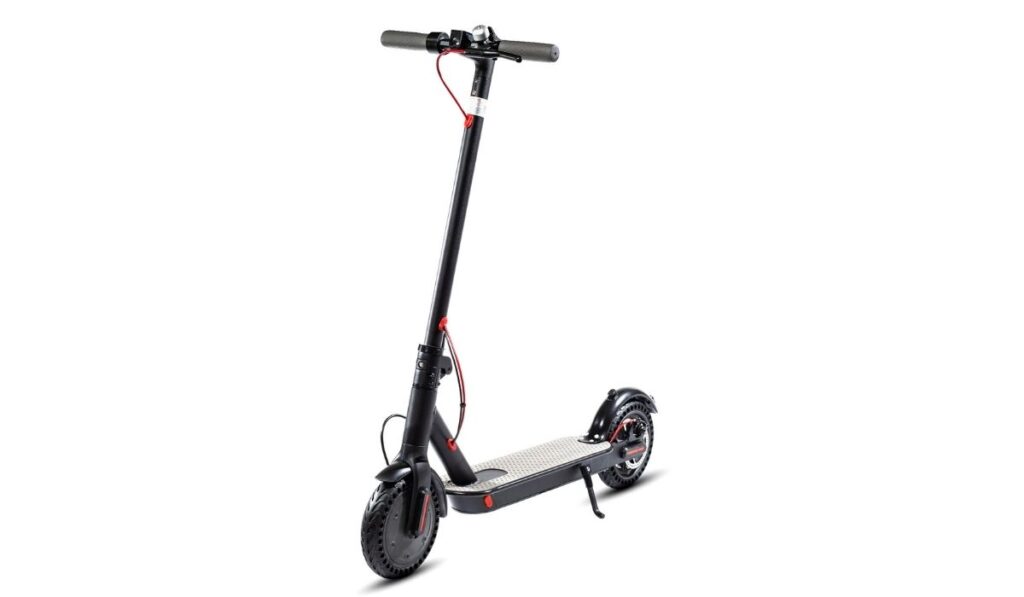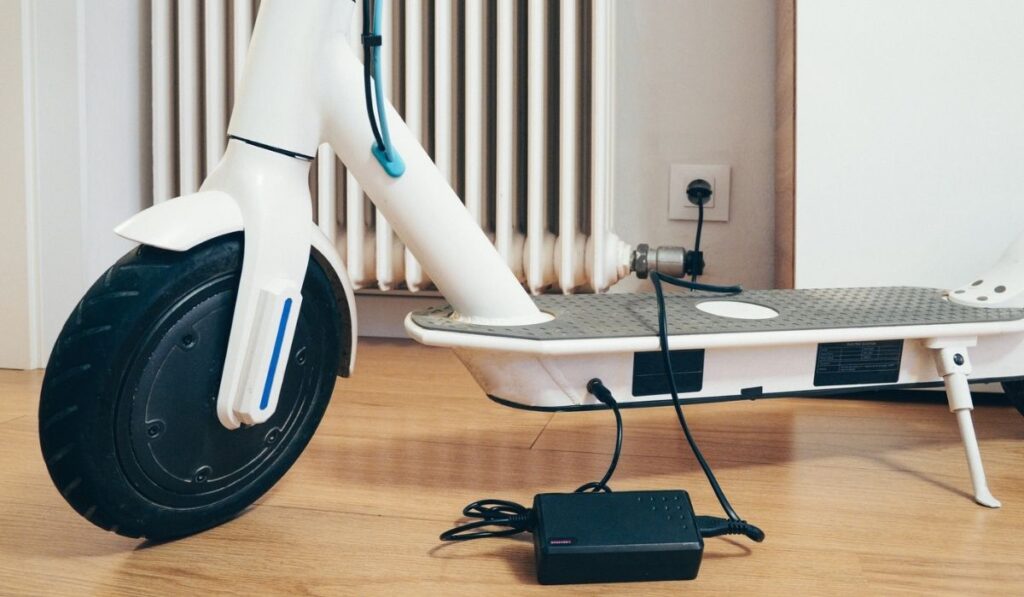Electric scooters and other electric vehicles are increasingly popular options for getting around. This mode of transportation is more cost-effective than many others, especially since you aren’t required to purchase gas. But one of the main problems people encounter with electric transportation is how far they can travel on one charge. This issue has led many to wonder if they can add a second battery to their scooters.
It’s possible to add a second battery to your electric scooter by DIY’ing your own battery pack. However, the process isn’t beginner-friendly, and it can be dangerous if it’s not done properly. You can also just carry a spare battery you can swap out when needed, and then you have a spare too.
You’ll need to understand the basics of scooter batteries before you can add additional packs to your electric scooter. If you don’t understand the process, you could suffer injuries or cause damage to your scooter. Let’s take a look at what you need to know about electric scooter batteries.
Electric Scooter Batteries Explained

As you might expect, electric scooters use electric batteries. Typically, modern electric scooters use lithium-ion batteries. Electric scooters have voltages ranging from 24 V all the way up to 120 V.
Generally speaking, the batters have capacities ranging between 150 Wh and 750 Wh but they can also reach much higher than that.
Electric scooters usually take around five hours to charge and last about 2-3 years.
Types of Batteries
As we mentioned, most electric scooters in today’s market use a lithium-ion battery. To be more specific, lithium nickel manganese cobalt oxide (NMC) is the most commonly found battery in electric scooters. Older electric scooter models may use less efficient batteries such as lead-acid or nickel.
Lithium-ion batteries have a few distinct advantages compared to other options, including the following:
- Higher densities, resulting in more extended range
- Slower self-discharge rate (they don’t drain as quickly)
- Low maintenance requirements
- Higher voltage
- Efficiency is maintained over time
This isn’t to say lithium-ion batteries don’t have weaknesses as well. These batteries can age quickly, shouldn’t be fully discharged, and can explode if care isn’t done properly.
Specifications
The specifications of electric scooter batteries are where things can get a bit tricky, so we’ll try to simplify things as much as possible.
For starters, there are three components to keep in mind: Voltage, Amph Hours, and Watt Hours.
Voltage (V)
We measure voltage using volts (V). Consider a volt as the “force” pushing electrical currents through the system. Higher voltage allows more energy to be moved or to be moved faster. A higher-voltage battery can push more energy through the circuits to the motor at a faster rate.
Generally speaking, most electric scooter batteries will have 24 V, 36 V, or 48 V. However, you can find models with 96 V and even 120 V.
Amp-Hours (Ah)
Amp-hours (Ah) informs us how much capacity a battery has. To be more specific, it’s the measurement of how much current a battery can deliver in one hour at a usable voltage. For example, a 5Ah 36V battery will deliver five amps for one hour to a 36V device.
Watt-Hours (Wh)
Watt-hours (Wh) is one of the most important specifications for electric scooter batteries. Watt-hours is the measurement of the battery’s storage capacity; or effective range. Watt-hours is calculated using the formula: amp-hours (Ah) x volts = watt hours (Wh)
Electric scooters can range from 100 Wh to nearly 3000 Wh. Most adult models will have an effective capacity between 150 Wh and 624 Wh.
Lifespan
The lifespan of an electric scooter battery can vary. Typically, batteries will last between two and three years. However, some can die after only a few months, while others can last over five years. The lifespan of an electric scooter will depend on the battery type, age, manufacturer, and more.
Can You Add a Second Battery to Your Electric Scooter?

Generally speaking, it’s possible to add a secondary battery to an electric scooter. Some models will even have frames with mounts pre-installed, allowing for easy access. However, this process is not beginner-friendly by any means. If you don’t know what you’re doing, you run the risk of injury or damage.
There are two ways you can add a battery: in series and in parallel.
Adding an additional battery in series can increase the total voltage, resulting in more power. Roughly speaking, this can increase the maximum speed of your electric scooter.
Adding an additional battery in parallel can increase the charge of the battery, resulting in more range and capacity.
To add a secondary battery, you’ll need to know the voltage of your original battery and ensure the total voltage of the added battery doesn’t exceed that number.
What You Need
Here are some of the tools you’ll need to add a second battery to your electric scooter.
- 18650 Lithium-ion cells (on Amazon)
- VRUZEND battery kit V1.6
- BMS
- Heat shrink tubing (on Amazon)
- Digital multimeter (on Amazon)
- EVA Foam (on Amazon)
- Zip-ties (on Amazon)
- Heat gun (on Amazon)
- Soldering gun (on Amazon)
- Basic tools (screwdrivers, pliers, etc.)
How to Add a Second Battery to Your Electric Scooter
We’ll be giving a very rough guide on how to add a second battery to your electric scooter. Lithium-ion batteries are not something to play around with. You’ll need to know the specifics of your electric scooter before you can even begin.
Here are the general steps required:
- Measure the voltage of your battery cells using a digital multimeter. Ensure they’re around the same rate.
- Snap together your battery kit, following the directions provided.
- Insert your lithium-ion batteries according to the positive and negative indicators.
- Push the two halves of your battery kit together, locking it in place.
- Use a voltmeter to ensure you can still read the batteries.
- Afterward, attach the bus bars from your battery kit following the directions provided. Use a wire clamp on the last two cells.
- Attach your BMS to the battery cells following all instructions provided.
- You can add zip-ties to ensure the battery is held together.
- You can add a bit of foam around the battery pack to protect it even further.
- Wrap the battery pack in your heat shrink wrap.
- Using either a heat gun or a hairdryer, seal the heat shrink.
- Attach the battery to your scooter; you can use a bag, velcro, or zip-ties. Be sure it’s locked tightly in place.
- Before you connect the battery to your scooter, ensure they’re at the same voltage and fully charged.
Keep in mind that this is a very basic guide. If you aren’t exactly sure what you’re doing, you’re better off doing a bit more research or leaving it to the professionals.
